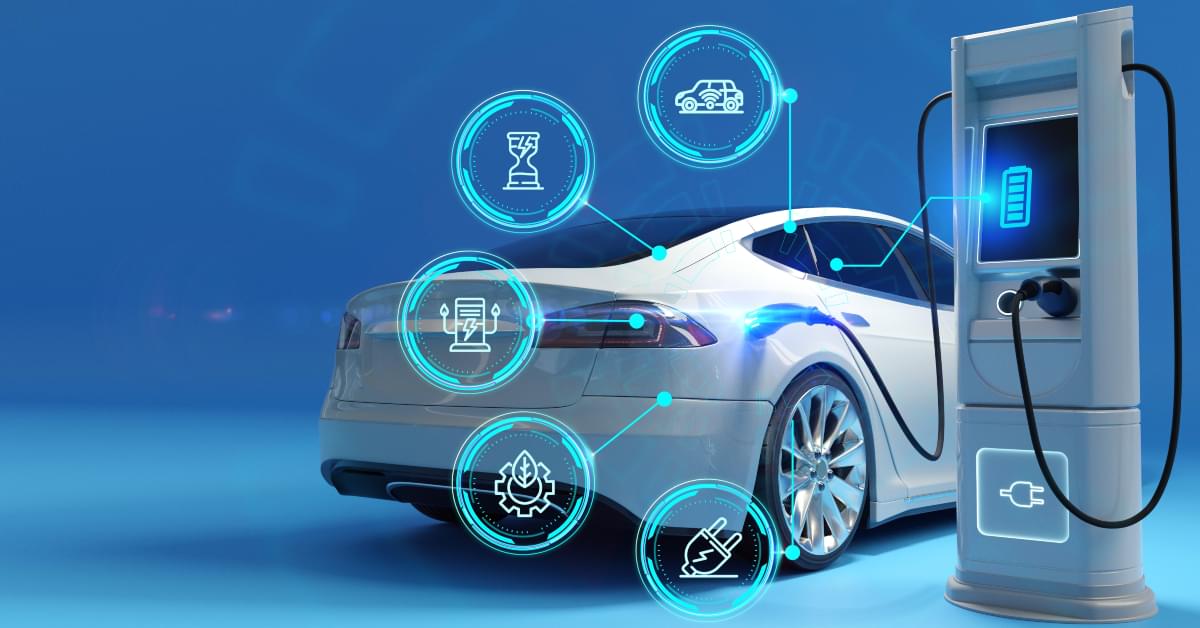Deciding to sell your car for cash, especially if it is no longer in working condition, is a practical way to deal with an old or damaged vehicle. But what happens to your car once it leaves your hands? Understanding the journey your car takes after you sell it can help you make informed decisions about where to sell and what to expect. This blog will dive into the various stages your car goes through after you receive cash for it. cash for unwanted cars gold coast
1. Initial Assessment
Once you agree to sell your car, the first step is typically an initial assessment. This involves evaluating the car’s condition, which helps determine its value. Companies that buy old or damaged cars often have experts who inspect the vehicle. They look at various factors including the engine condition, body damage, and whether any major components are missing.
During this stage, the car’s title and ownership documents are also checked. This ensures that the sale is legitimate and that the car has no outstanding liens or legal issues. This is an important step because it verifies that the car can be sold without any legal complications.
2. Towing and Transport
After the initial assessment, the next step is usually to arrange for the car to be transported to a salvage yard or dismantling facility. If the car is not drivable, the buyer typically arranges for towing. This is often included as part of the sale agreement, so you do not have to worry about the logistics of moving the vehicle.
The towing process involves using a flatbed truck or a tow truck to safely transport the vehicle. Proper care is taken to ensure that the car is not further damaged during this process.
3. Inspection at the Salvage Yard
Upon arrival at the salvage yard, the car undergoes another inspection. This is more detailed than the initial assessment and focuses on the potential for reuse of parts and the overall condition of the vehicle. At this stage, salvage yards or dismantlers decide what parts of the car can be reused, refurbished, or recycled.
The inspection process helps determine how the car will be processed. For example, parts that are in good condition might be removed and sold separately, while the remaining parts of the car are prepared for further processing.
4. Dismantling and Recycling
The dismantling process involves carefully removing usable parts from the car. This includes components like the engine, transmission, doors, and other parts that can be sold or refurbished. Parts that are still in good condition are cleaned, tested, and prepared for resale. These parts might be sold to repair shops or directly to consumers who are looking for affordable replacement parts.
The remaining parts of the car, which are not suitable for reuse, are sent to recycling facilities. Recycling involves breaking down the car into its basic materials such as metal, glass, and plastic. These materials are then processed and repurposed for use in new products.
5. Handling Hazardous Materials
Cars contain various hazardous materials that need to be managed carefully. These include substances like engine oil, coolant, brake fluid, and batteries. At the salvage yard, these materials are safely removed and disposed of according to environmental regulations.
For instance, batteries are typically sent to special recycling centers where the lead and acid are extracted and recycled. Similarly, other hazardous fluids are handled in a manner that prevents contamination of soil and water.
6. Final Processing and Disposal
Once the dismantling and recycling processes are complete, any leftover scrap metal is processed. Scrap metal is sold to metal recycling facilities where it is melted down and turned into new metal products. This helps reduce the need for raw materials and supports the recycling industry.
The final step in the process is the disposal of any non-recyclable components. These are often sent to designated waste facilities that handle non-recyclable waste in an environmentally responsible manner.
7. Environmental and Economic Impact
Selling your car for cash and having it recycled has several positive impacts. Environmentally, recycling reduces the need for new raw materials and helps conserve natural resources. It also minimizes waste that would otherwise end up in landfills. Economically, the process supports various industries including recycling and used auto parts markets.
By understanding what happens to your car after you sell it, you can feel more confident about the process. Knowing that your vehicle will be dismantled, recycled, or reused in an environmentally responsible way can be reassuring. Cash for Cars Burleigh Heads
In summary, selling your car for cash initiates a process that involves assessment, transport, inspection, dismantling, recycling, and proper disposal. Each stage is crucial in ensuring that your vehicle is handled responsibly and that valuable materials are recovered and repurposed. This knowledge not only helps you make informed decisions but also contributes to a more sustainable and efficient vehicle lifecycle.

